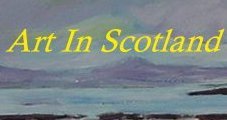Batik, as a method of patterning on cloth using a wax and dye process, is thousands of years old.
The earliest pieces of wax-resist cloth have been found in China and it is thought the techniques of batik spread from there to Japan, India and Indonesia. To make a batik, selected areas of the cloth are blocked out by brushing or drawing with hot wax, and the cloth is then dyed. The waxed parts resist the dye and remain the original colour. This process of waxing and dyeing can be repeated to create more elaborate and colourful designs. Finally, the wax is removed and the cloth is ready for wearing or showing. Contemporary batik is markedly different from the more traditional and formal styles. For example, the artist may use etching, discharge dyeing, stencils, different tools for waxing and dyeing, wax recipes with different resist values and work with silk, cotton, wool, leather, paper or even wood and ceramics. Batik is historically the most expressive and subtle of the resist methods. The ever widening range of techniques available offers the artist the opportunity to explore a unique process in a flexible and exciting way. Annual Exhibition of Batik Paintings by Scottish Members of The Batik Guild will be held at Glasgow Botanical Gardens, Visitors Centre, Great Western Road, Glasgow from April 26 to May 6, 2008. Follow links below for details. Annual Batik Exhibition | Batik Galleries Top # sba08/004 |
[ ] [ Features ] [ Contact Us ] [ Home ]
 |
www.artinscotland.com Tel: +44(0) 141 946 5032 / 07712 581 061 email: info@artinscotland.com |
